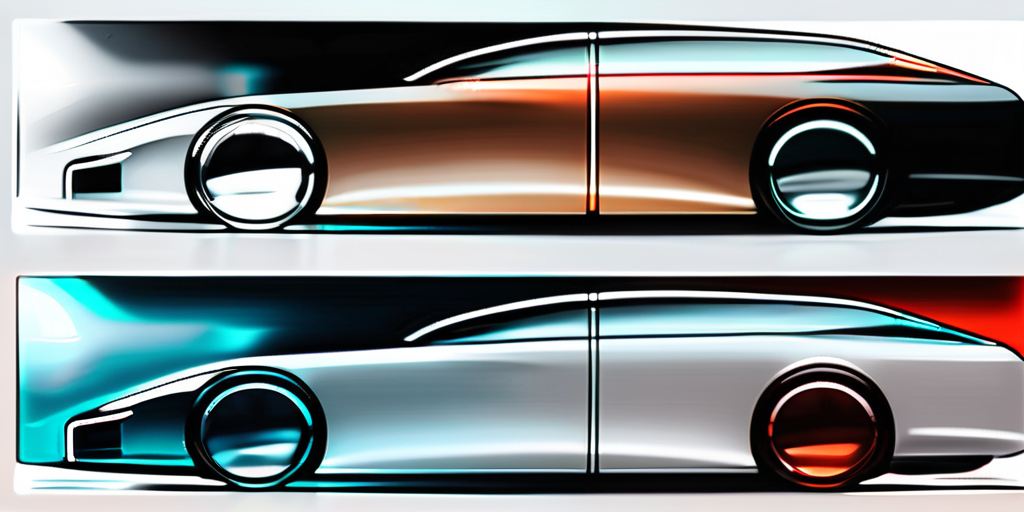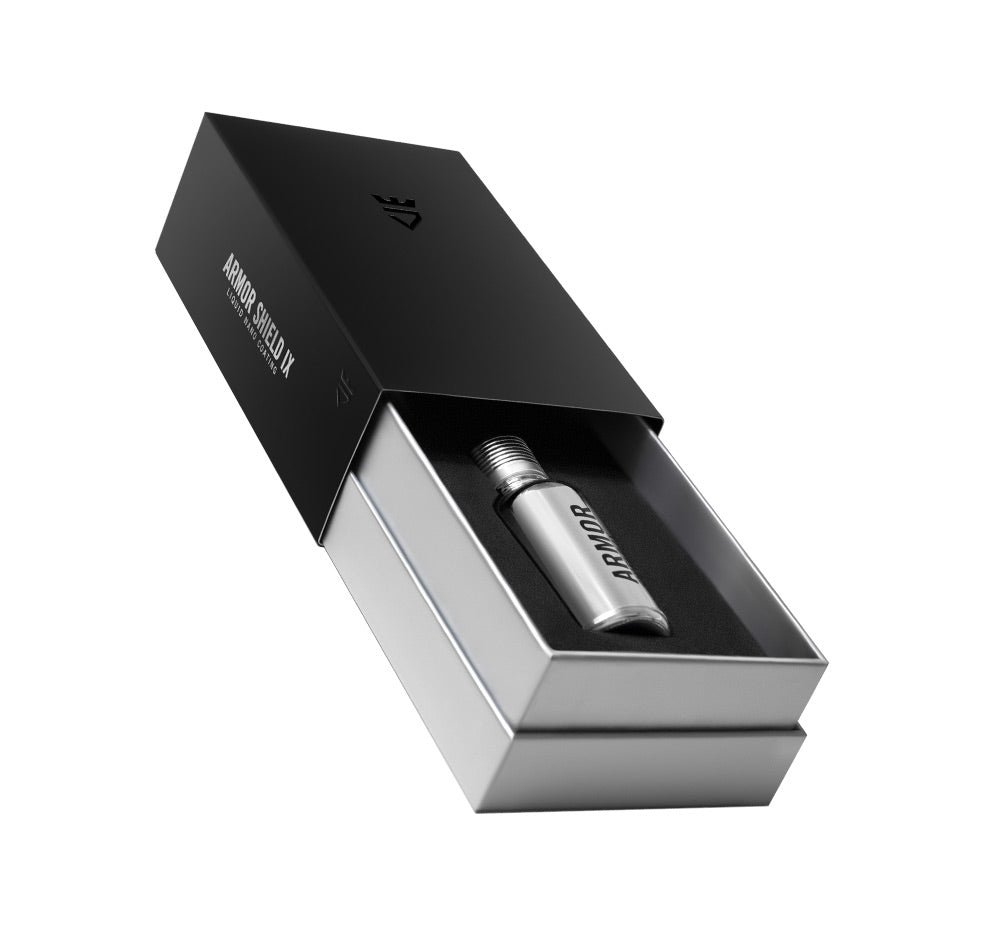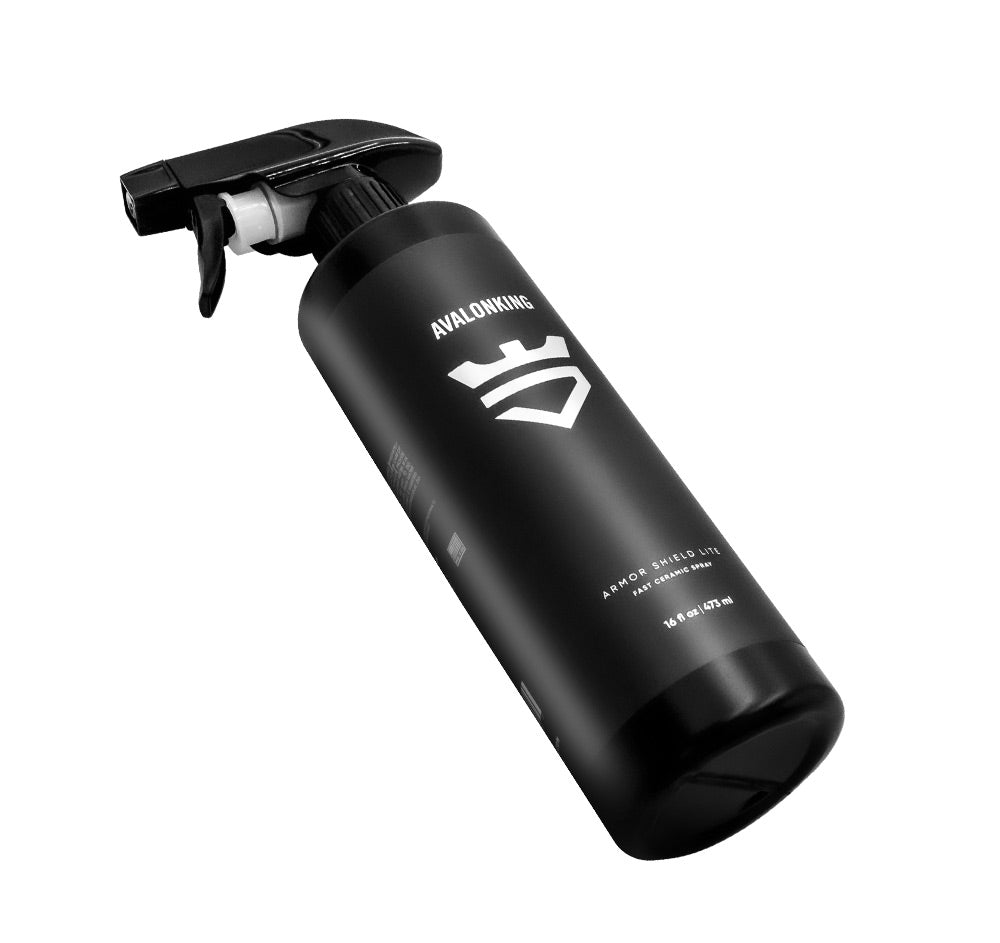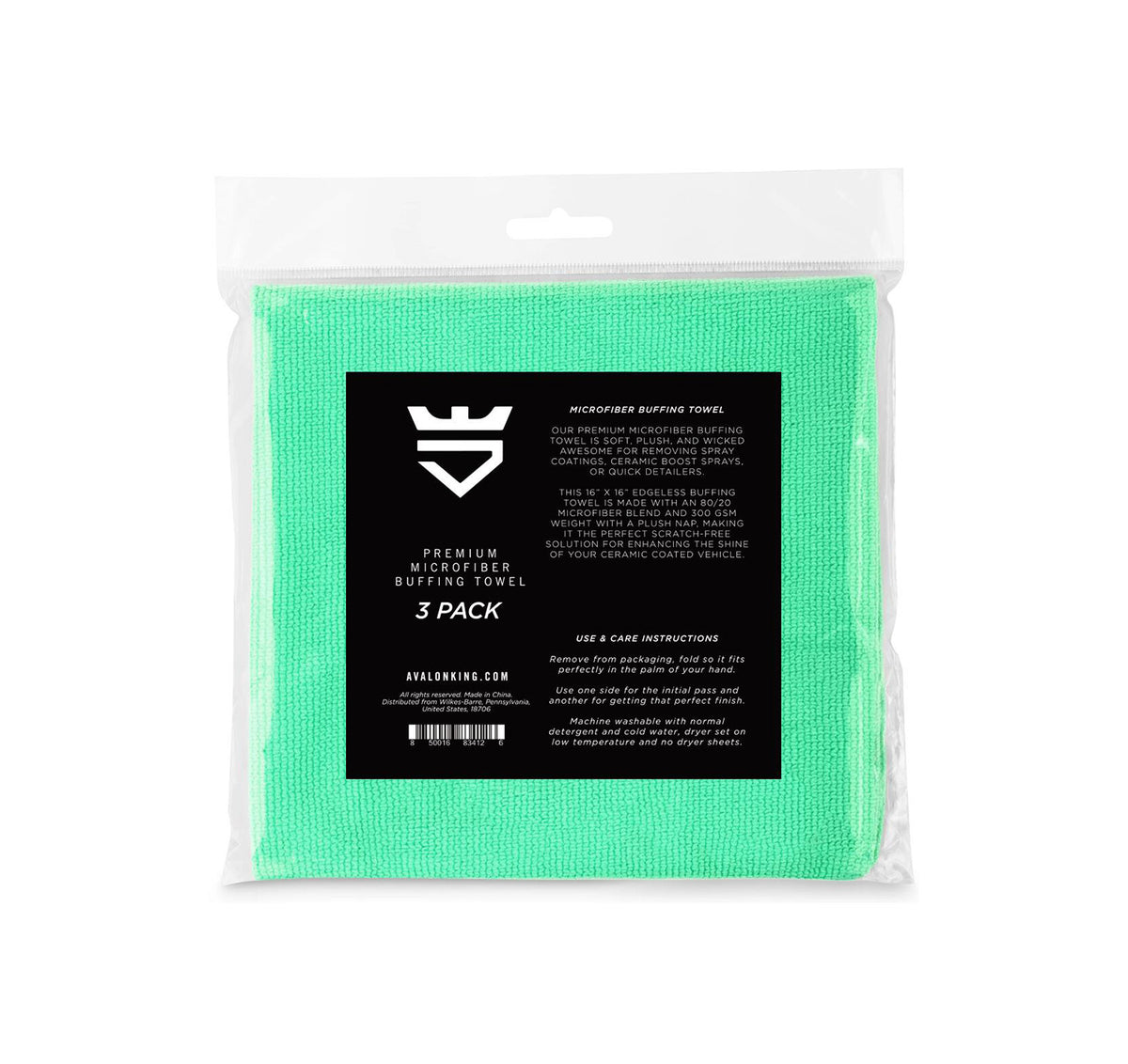What is Gloss Level? Explained by AvalonKing
The term "Gloss Level" is a critical concept in the world of ceramic coating. It refers to the measure of a surface's shine or luster, which is a key factor in determining the aesthetic appeal of a coated object. The gloss level of a ceramic coating can have a significant impact on the appearance of a vehicle, making it look brand new or giving it a sleek, polished finish.
Understanding the gloss level is crucial for anyone interested in ceramic coating, whether you're a professional detailer or a car enthusiast looking to enhance the appearance of your vehicle. This article will delve into the concept of gloss level, its importance in ceramic coating, and how it's measured and maintained. We'll also explore the factors that can affect the gloss level and how different gloss levels can impact the overall look of a coated surface.
Understanding Gloss Level
The gloss level of a ceramic coating is essentially a measure of how much light is reflected off the surface. A high gloss level means that a lot of light is being reflected, giving the surface a shiny or glossy appearance. On the other hand, a low gloss level means that less light is reflected, resulting in a matte or flat finish.

Gloss level is not just about aesthetics, though. It also plays a role in the durability and protection offered by a ceramic coating. Higher gloss levels often indicate a stronger, more durable coating that can better protect the surface from scratches, dirt, and other forms of damage.
Measuring Gloss Level
Gloss level is typically measured using a gloss meter, a device that shines a light at a specific angle onto the surface and then measures the amount of light that is reflected back. The gloss meter then provides a numerical value, known as the gloss unit, which represents the gloss level of the surface.
The angle at which the light is shone onto the surface can vary, and different angles can yield different gloss unit values. For instance, a high gloss finish might have a gloss unit value of 90 or above when measured at a 60-degree angle, while a semi-gloss finish might have a gloss unit value of 50 to 70 at the same angle.
Factors Affecting Gloss Level
Several factors can affect the gloss level of a ceramic coating. These include the type of coating used, the application method, and the condition of the surface prior to coating. For instance, a high-quality ceramic coating applied professionally on a well-prepared surface is likely to have a higher gloss level than a low-quality coating applied poorly on a poorly prepared surface.
Environmental factors can also affect the gloss level. For example, exposure to sunlight, rain, and other weather conditions can cause the gloss level to decrease over time. Regular maintenance, such as washing and waxing, can help maintain the gloss level of a ceramic coating.
Importance of Gloss Level in Ceramic Coating
The gloss level of a ceramic coating is important for several reasons. Firstly, it affects the aesthetic appeal of the coated object. A high gloss level can make a vehicle look sleek and shiny, while a low gloss level can give it a more subdued, matte finish.
Secondly, the gloss level can indicate the quality and durability of the coating. A high gloss level often suggests a high-quality, durable coating that can provide excellent protection against scratches, dirt, and other forms of damage.
Impact on Aesthetics
The gloss level of a ceramic coating can significantly impact the aesthetics of a vehicle. A high gloss level can make the vehicle look shiny and new, enhancing its visual appeal. This can be particularly beneficial for high-end cars or classic cars, where the appearance of the vehicle is a key factor.
On the other hand, a low gloss level can give the vehicle a more subdued, matte finish. This can be a desirable look for some people, especially those who prefer a more understated aesthetic. It's also worth noting that while a high gloss level can enhance the shine of a vehicle, it can also make scratches and other imperfections more noticeable.
Indication of Quality and Durability
The gloss level of a ceramic coating can also serve as an indication of the quality and durability of the coating. A high gloss level often suggests a high-quality, durable coating that can provide excellent protection against scratches, dirt, and other forms of damage.
However, it's important to note that the gloss level is not the only factor to consider when assessing the quality of a ceramic coating. Other factors, such as the hardness of the coating, its resistance to chemicals, and its hydrophobic properties, are also important considerations.
Maintaining Gloss Level
Maintaining the gloss level of a ceramic coating requires regular care and maintenance. This includes regular washing to remove dirt and grime, as well as periodic waxing to protect the coating and maintain its shine.
It's also important to protect the coating from harsh environmental conditions, such as excessive sunlight or heavy rain, which can cause the gloss level to decrease over time. Using a car cover or parking in a garage can help protect the coating and maintain its gloss level.
Regular Washing
Regular washing is a key part of maintaining the gloss level of a ceramic coating. Dirt and grime can dull the shine of the coating, reducing its gloss level. Washing the coated surface regularly with a gentle, pH-neutral car wash soap can help remove dirt and grime, restoring the shine of the coating.
It's important to use a gentle, pH-neutral soap, as harsh detergents can damage the coating and reduce its gloss level. It's also important to wash the vehicle in a shaded area, as washing in direct sunlight can cause water spots, which can also reduce the gloss level.
Periodic Waxing
Periodic waxing is another important part of maintaining the gloss level of a ceramic coating. Waxing provides a protective layer on top of the coating, helping to protect it from scratches, dirt, and other forms of damage. It also helps to maintain the shine of the coating, enhancing its gloss level.
It's important to use a high-quality car wax that is compatible with ceramic coatings. Some waxes can cause hazing or cloudiness on ceramic coatings, reducing their gloss level. It's also important to apply the wax correctly, following the manufacturer's instructions to ensure a smooth, even finish.
Conclusion
In conclusion, the gloss level is a critical factor in the world of ceramic coating. It not only affects the aesthetic appeal of a coated object, but also indicates the quality and durability of the coating. Understanding the gloss level, how it's measured, and how to maintain it can help you get the most out of your ceramic coating.
Whether you're a professional detailer or a car enthusiast, understanding the gloss level can help you achieve the desired look for your vehicle and ensure that your coating provides the best possible protection. So, the next time you're considering a ceramic coating, remember to consider the gloss level and how it can impact the overall look and performance of your vehicle.
Ready to elevate the gloss level of your vehicle and protect it with top-quality products? Look no further than AvalonKing, your trusted source for the best in car care. With years of expertise in providing premium ceramic coatings, car shampoos, and a wide range of cleaning essentials, AvalonKing has everything you need to keep your vehicle shining. Check out our products today and experience the difference that professional-grade car care can make!










